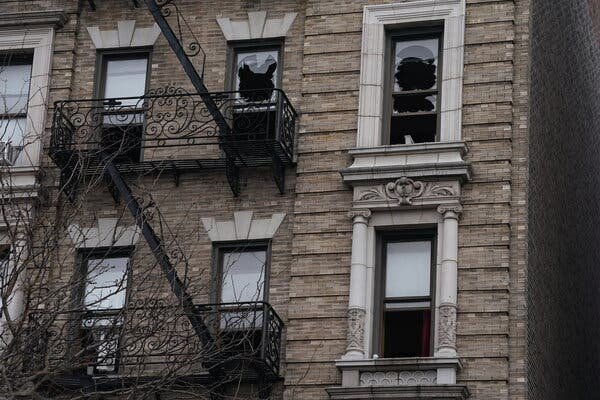The MTA board approved a $68.4 billion plan for transit upgrades despite funding gaps and uncertainty, with criticism directed at Governor Hochul for delaying congestion pricing. The plan includes significant investments in subway and commuter rail cars and critical infrastructure maintenance, but faces a large funding shortfall. Critics express concerns about the plan’s ambition and financial uncertainty, with calls for the state to address the funding gap to prevent service cuts or fare hikes. Governor Hochul has pledged to find alternative funding solutions, but challenges remain in securing necessary funding for the MTA’s capital plans.
The Metropolitan Transportation Authority (MTA) board recently approved a $68.4 billion plan for significant upgrades in the transit agency’s new five-year capital program. Despite the approval, there are still billions of dollars in funding gaps in the current plan and uncertainties for the next one.
The MTA board had a deadline of October 1 to submit the 2025-2029 plan for system maintenance and expansion to the state’s Capital Program Review Board, which now has 30 days to review and give approval. Governor Kathy Hochul’s decision to halt congestion pricing in June resulted in a $16.5 billion hole in the transit agency’s capital budget, as the tolling initiative was intended to raise funds for transit upgrades in the previous plan.
The delay in congestion pricing led to adjustments in the new plan, such as slowing down subway signal replacement projects and deferring purchases of electric buses and accessibility upgrades at stations. With a projected $33 billion funding gap in the upcoming plan, concerns have been raised about the financial sustainability of the MTA’s operations.
Governor Hochul has promised to devise a comprehensive funding approach for the MTA’s capital plans, with a potential congestion pricing alternative expected by the end of the year. However, critics have questioned the feasibility of the governor’s proposals without congestion pricing revenue.
MTA Chairperson and CEO Janno Lieber remains hopeful that a solution will be found to address the funding challenges. However, board members stress the importance of identifying additional funding sources to prevent the MTA from incurring more debt, reducing services, or increasing fares beyond expectations.
The approved 2025-2029 plan primarily focuses on maintaining the transit system’s safety and reliability, but it still faces significant financial gaps. With only half of the funding sources identified, there is a considerable distance to cover in securing the necessary funds.
Key components of the plan include allocating nearly $11 billion for 2,000 new subway and commuter rail cars to replace aging ones from the 1980s, as well as investing $9 billion in maintaining critical structures like tunnels and elevated subway lines. Despite its hefty price tag, critics argue that the plan is less ambitious than its predecessor due to inflation.
The MTA is urging lawmakers to address the funding shortfall to avoid adverse impacts on services and fares. The current financial challenges stem from Governor Hochul’s decision to pause congestion pricing, which has created uncertainties in the agency’s budget.
In conclusion, the MTA’s approved capital plan highlights the need for sustainable funding solutions to ensure the continued operation and improvement of the transit system. Addressing the funding gaps will be crucial in maintaining the reliability and accessibility of New York City’s transportation network.
Source: TheCity.NYC









